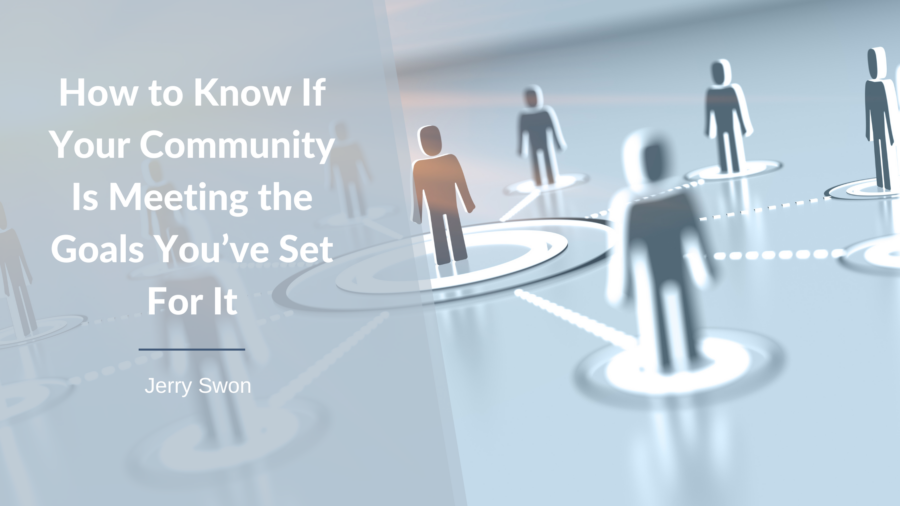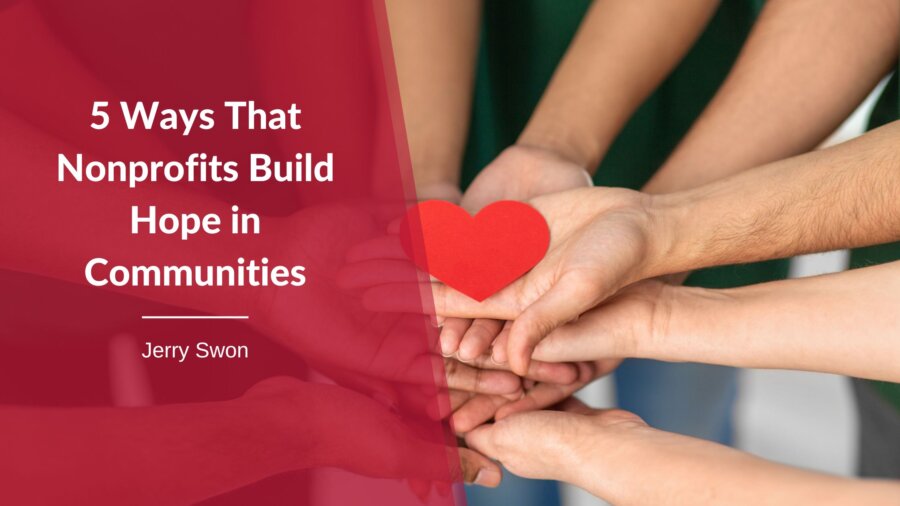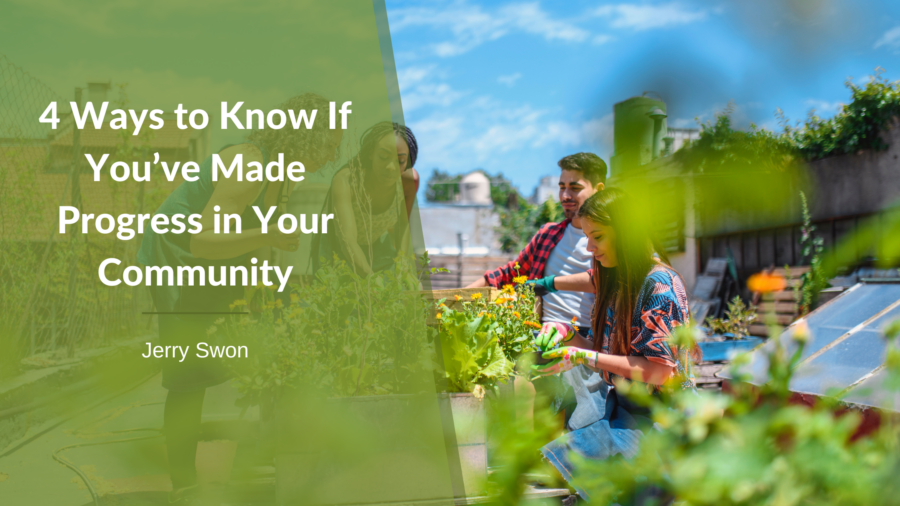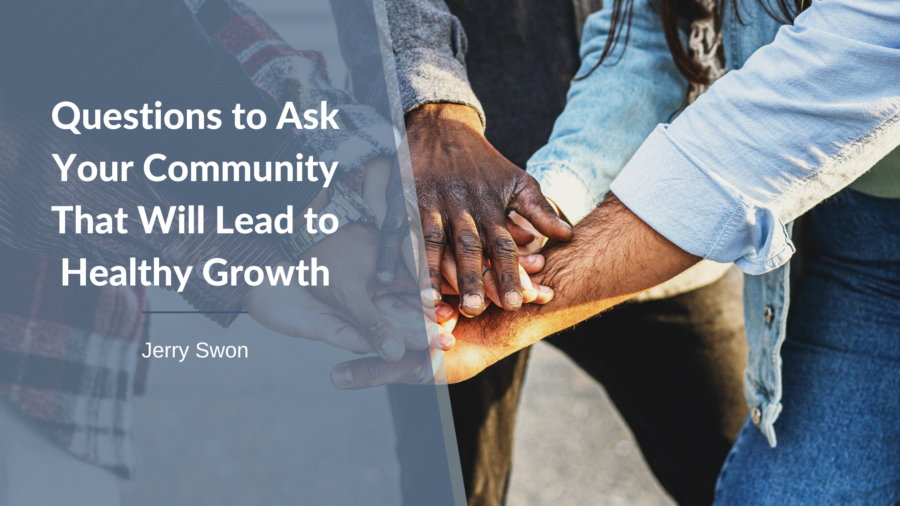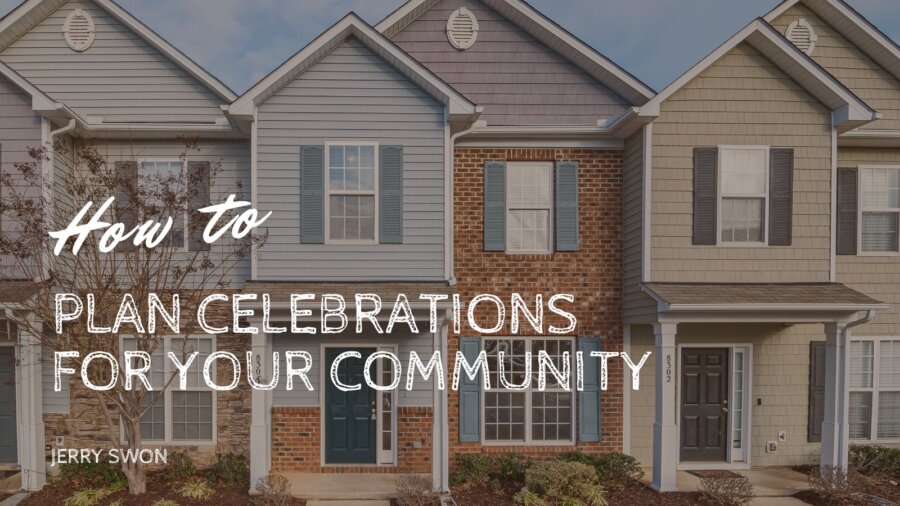Setting goals for your community is essential in driving progress, fostering collaboration, and achieving positive outcomes. However, knowing whether your community is meeting your goals requires a systematic approach to monitoring, evaluation, and feedback. By implementing effective strategies for tracking progress and assessing outcomes, you can gain insights into your community’s performance and make informed decisions about future priorities and initiatives.
Here are several ways to determine if your community is meeting the goals you’ve set for it:
Define Clear and Measurable Goals:
It’s essential to start by defining clear and measurable objectives. Clearly articulate what you hope to achieve, why it’s important, and how you will measure success. Establish specific metrics, targets, and milestones that can be tracked and evaluated over time.
Collect and Analyze Data:
Gather relevant data and information to track progress towards your community goals. This may include quantitative data such as demographic statistics, survey responses, program participation rates, and financial indicators, as well as qualitative data such as feedback from community members, stakeholder interviews, or case studies.
Monitor Key Performance Indicators (KPIs):
Identify key performance indicators (KPIs) that are closely aligned with your community goals and track them consistently. KPIs provide objective measures of progress and enable you to assess whether your community is moving closer to achieving its objectives. Regularly monitor KPIs, compare them against benchmarks or targets, and identify deviations or trends requiring attention.
Seek Feedback from Stakeholders:
Engage with community members, stakeholders, and partners to gather feedback on progress towards your goals. Conduct surveys, focus groups, or interviews to solicit input on the effectiveness of community initiatives, satisfaction with services or programs, and perceptions of progress.
Conduct Program Evaluations and Assessments:
Evaluate the effectiveness of specific programs, initiatives, or interventions designed to support your community goals. Use evaluation methods such as pre-post assessments, impact evaluations, or logic models to assess your programs’ outcomes, impacts, and cost-effectiveness.
Celebrate Successes and Learn from Challenges:
Recognize and celebrate successes, achievements, and milestones along the way to achieving your community goals. Acknowledge the efforts of community members, volunteers, and partners who have contributed to progress and share success stories with the broader community. At the same time, be willing to acknowledge and learn from challenges, setbacks, and failures.
Regularly Review and Adjust Goals:
Periodically review your community goals, objectives, and strategies. Assess whether your goals are still realistic and meaningful, and adjust them as needed based on changing circumstances, emerging trends, or new opportunities.
Knowing whether your community is meeting your goals requires a systematic approach to monitoring progress, collecting data, seeking feedback, and conducting evaluations. By defining clear and measurable goals, monitoring key performance indicators, seeking stakeholder input, evaluating program effectiveness, celebrating successes, and regularly reviewing and adjusting goals, you can assess progress toward your community goals and make informed decisions about future priorities and initiatives.

